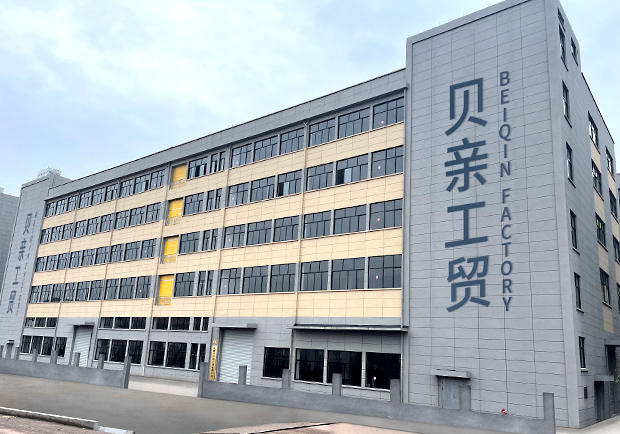1. Rehabilitation instructors or family members should guide and protect you during rehabilitation training
2. Before using various instruments, please place the instruments on flat ground, and pay attention to check whether the instruments are in good condition and whether the joints are loose.
3. Use it in accordance with the instructions for use of the device, and it is forbidden to do actions other than the normal use method of the device.
4. In order to prevent injuries during rehabilitation training, please do some warm-up exercises before use.
5. Please wear comfortable sports shoes and well-fitting clothing during rehabilitation training to avoid clothing getting stuck on the equipment.
6. It is forbidden to play and fight when using the equipment to avoid accidental injury.
7. Disabled people with special diseases (such as high blood pressure, heart disease, etc.) should seek advice from rehabilitation instructors and rehabilitation coordinators before using it.
8. Pay attention to keeping the equipment clean and tidy, and please put it back in its original place after using it.
Who is medical mobility aids for?
Medical mobility aids are intended primarily for training use by people with physical impairments. The dysfunction in these people is either congenital, or the sequelae left by illness, or the result of injury. Paraplegia, hemiplegia, cerebral palsy, amputation, and other physical disabilities are the main components of this group.
In addition, the elderly and chronically ill patients with limb dysfunction also need to use rehabilitation training equipment. There are many kinds of limb dysfunction, which can be roughly summarized into the following aspects:
Inability to maintain normal recumbent and sitting positions, inability to maintain a standing position, inability to walk or poor walking ability, abnormal posture or physical deformities, poor muscle strength or endurance, reduced range of motion in joints, poor balance or coordination, basic general physical Abnormal movement or low ability, poor general motor ability, low activity of daily life, etc.
It can be seen that the classification system of rehabilitation training equipment corresponds to these limb dysfunctions. By using rehabilitation training equipment for functional training, users can prevent, eliminate, alleviate, or prevent it from aggravating, or slow down its aggravating speed, thereby improving the patient's health and improving their ability to live and work. There are many types of rehabilitation training equipment, and each user only uses part of them.
1. There is no best, only the most suitable
For every assistive device demander, the optional assistive device is not the higher the technology, the better, the more functions the better, and the more expensive the better; the important thing is that it suits one's own needs and has residual functions that are easy to use and improve. If a person with a spinal cord injury can use a manual wheelchair, it will help exercise and enhance the function of the upper limbs, while the improper selection of an electric wheelchair will weaken the exercise of the upper limbs.
2. Not just buying and selling, but adapting to people
Every person with a disability is different and has different requirements for assistive devices. Therefore, just like fitting dentures and glasses, the service personnel of professional institutions should conduct a functional assessment of the user and choose the most suitable auxiliary device.


 English
English Français
Français Español
Español Deutsch
Deutsch




























